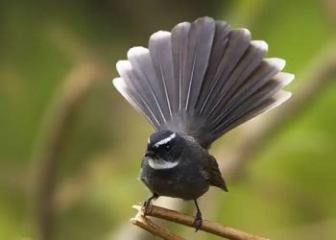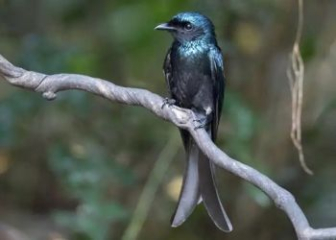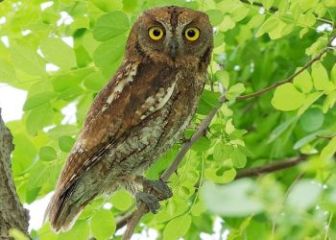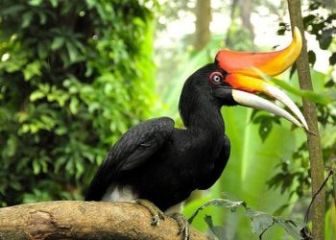Emperor Pheasant - Origin, Meaning, Characteristics & Habits
Blog | by
The emperor pheasant (Syrmaticus reevesii) is a native bird of China. The male has unique, colorful plumage and a super long tail, giving it a majestic appearance.
The emperor pheasant (scientific name: Syrmaticus reevesii) is one of the rare, high-class ornamental birds that is loved by many people thanks to its impressive, luxurious appearance. Not only does it possess colorful feathers, the emperor pheasant also has a super long tail with impressive striped patterns, which is the pride of China.
In today's article, let's learn in nicebirds about the characteristics, habits, behaviors as well as notes when raising emperor pheasants in Vietnam to be able to "conquer" this "luxurious" pheasant species .
Emperor pheasant information :
|
Common name |
Emperor pheasant, Yunnan pheasant |
|
Scientific name |
Syrmaticus reevesii |
|
Set |
Galliformes - Order of Chickens |
|
Surname |
Phasianidae - Pheasant Family |
|
Spend |
Syrmaticus |
|
Source |
Is a pheasant native to China. |
Origin of the emperor pheasant
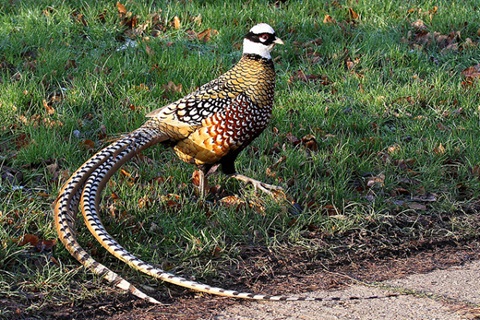
Learn about the origin of the emperor pheasant.
The emperor pheasant, also known as the Yunnan pheasant, with the scientific name Syrmaticus reevesii, is a pheasant species endemic to China. It usually lives in temperate humid mountainous areas and broadleaf forests in central China, specifically in the provinces of Hubei, Henan, Shaanxi, Sichuan, Shanxi,...
This pheasant was first discovered and scientifically described in 1831 by naturalist John Reeves - which is where the name “reevesii” comes from.
Around the end of the 19th century, emperor pheasants were introduced and successfully bred in Europe, America, Japan and Asia as pets.
Currently, according to the IUCN Red List, the emperor pheasant is listed as "Near Threatened" - due to habitat loss and over-hunting and exploitation.
Meaning of the Emperor Pheasant
The emperor pheasant is not only loved for its magnificent and unique appearance, but it also has many profound meanings in culture and feng shui. Let's find out the details below.
- A symbol of nobility and power: With its impressive patterned feathers and super long tail, the emperor pheasant is considered a representative image of the aristocracy and royalty.
- Bring luck and prosperity: In feng shui, pheasants in general and Emperor pheasants in particular are symbols of luck and attract good fortune.
- Symbol of steadfastness and loyalty: Emperor pheasants often live in monogamy, so they represent loyalty, fidelity and steadfastness.
Physical characteristics of the emperor pheasant
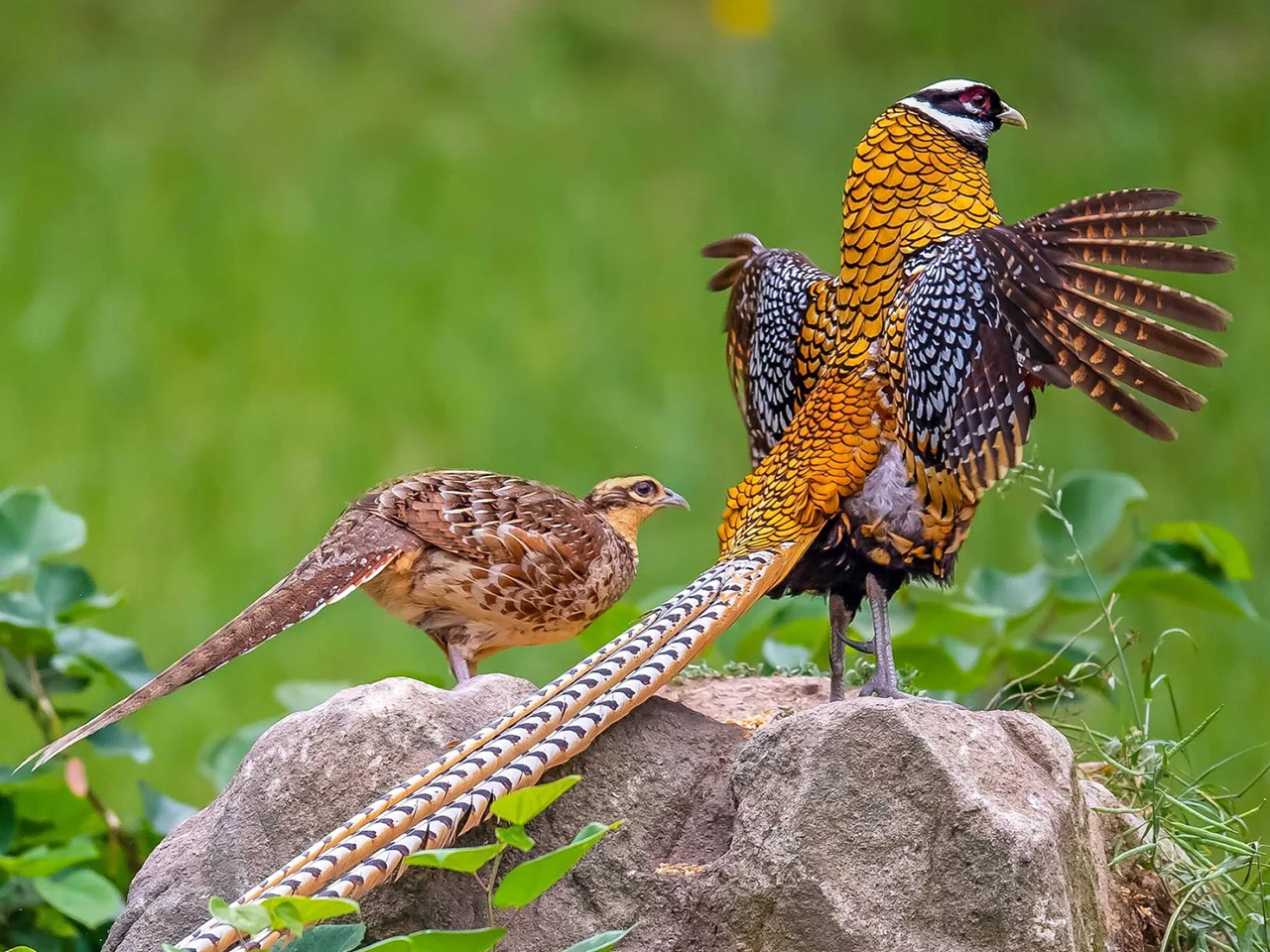
Color differences between male and female emperor pheasants.
The emperor pheasant is one of the largest pheasants today, besides, there is a clear difference between the male and female, when the male has colorful colors while the female is simpler. Let's find out the details below.
Size :
- Male bird: Length from 200 - 240 cm, in which the tail is up to more than 1.5 meters long, weight from 1.5 - 2.5 kg
- Female: Length from 75 - 90 cm, tail much shorter than male, weight from 1.2 - 1.8 kg
- One of the largest pheasants in the world.
Male emperor pheasant color :
- The whole body is white, cream yellow interspersed with unique, sharp black patterns - looking like the Emperor's Dragon Card.
- The head and neck are bright white, with a black stripe running through the eye.
- The chest, back, and belly have a color blend of white, light yellow, and metallic black, creating a unique dragon scale effect.
- The tail is super long, made up of alternating black and white striped feathers. The older the bird, the longer and more beautifully curved the tail.
Female emperor pheasant color :
- The whole body is light gray-brown, combined with indistinct black stripes.
- Short tail, no black and white stripes like the male bird
- Compact shape, easy to camouflage
Head - beak - eyes :
- Small, round head, especially in male birds
- Short crest, not erect like green and red pheasants
- The beak is light gray, slightly curved at the tip.
- Eyes are orange-red, reddish-brown, with a small ring of bare skin around the eyes.
Foot - nail :
- Moderate length, gray, light gray
- The male bird has sharp spurs.
- The foot is in the style of 3 toes in front and 1 toe in back.
Emperor Pheasant Behavior & Behaviour
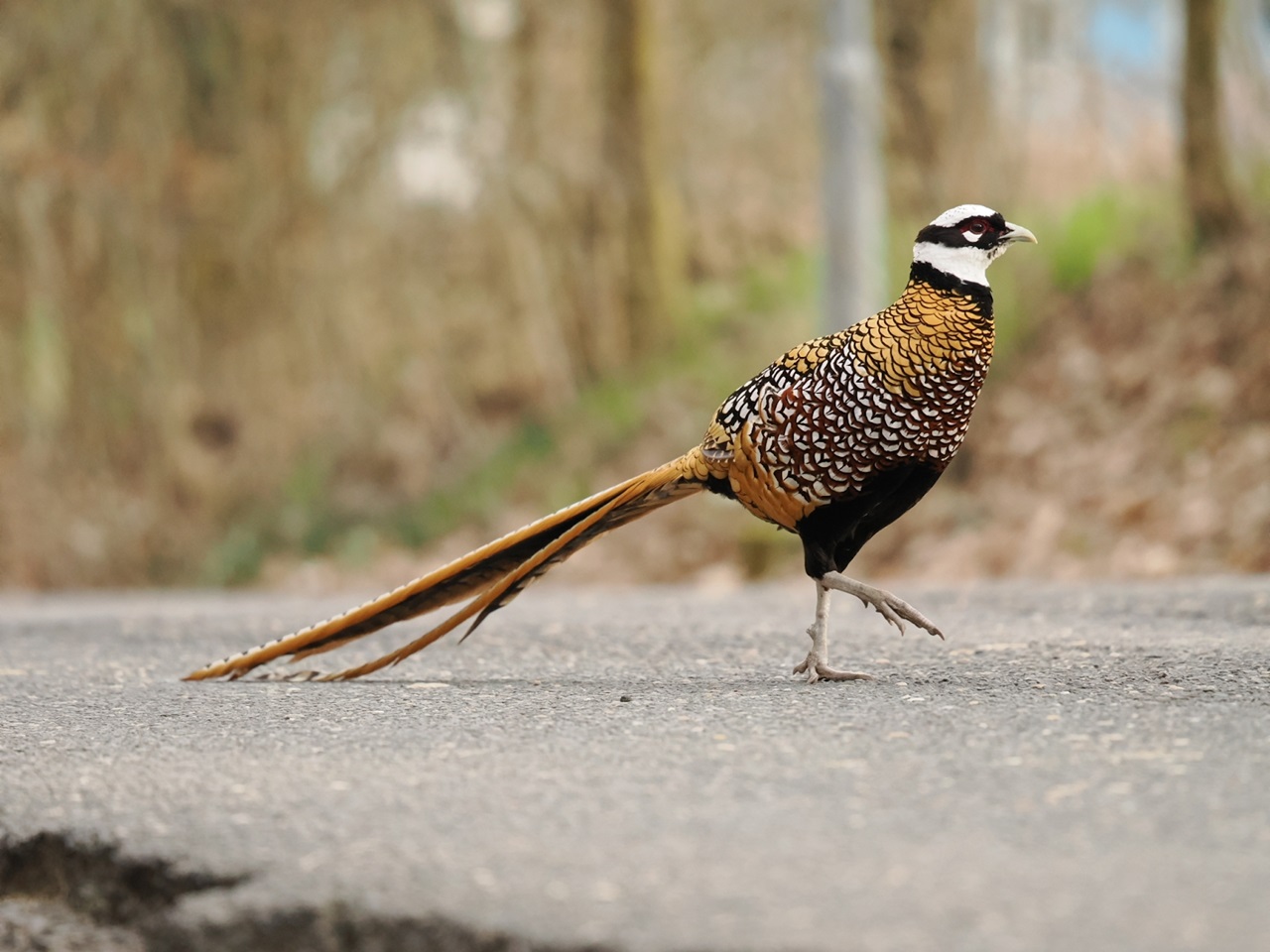
Emperor pheasants prefer to live alone or in pairs.
Let's learn in detail about the habits and behaviors of the emperor pheasant to see what interesting and different behaviors this pheasant has.
Habits
Emperor pheasants are usually ground-dwelling birds, only capable of low-level, short-distance flights when threatened. They remain hidden during the day, only becoming active in the early morning or late afternoon.
Male birds are highly territorial, especially during the breeding season. They also often live alone or in pairs of 1 male - 1 female, not in flocks. Therefore, when raising them, you should limit raising them at high density because it can easily cause disputes and pecking at each other.
Foraging underground
The emperor pheasant forages by digging underground for insects, fallen fruit, and grain.
They usually eat many meals a day, early in the morning and late in the afternoon. This species of pheasant especially loves to eat fresh foods such as earthworms, small larvae, and young vegetable shoots.
Shy, easily panicked
The Emperor Pheasant is a very shy and easily frightened bird, even a sudden noise can startle them, causing them to fly away in all directions. When in danger, they will choose to run away quickly before taking flight.
Reproductive behavior
The breeding season of Yunnan pheasants usually falls between March and June (late spring - early summer). Their breeding behavior is as follows:
- Male birds court female birds by spreading their feathers, lowering their tails, shivering and making small calls.
- Each clutch of female birds lays 6-14 eggs, which are then incubated for about a month. However, the female bird's ability to incubate eggs is very poor, so it needs the help of an incubator or a hen.
- Baby birds can feed themselves independently a few days after hatching.
Male emperor pheasants molt every year.
Each year, the male emperor pheasant will molt once, usually in late autumn. After each molt, the tail feathers will become longer and more beautiful.
At this stage, avoid birds panicking or fighting, otherwise tail feathers will fall out in large numbers, losing aesthetic value.
Things to note when raising Emperor Pheasants in Vietnam

A female emperor pheasant is kept in a cage.
Raising Emperor Pheasants not only brings aesthetic value but also high economic value. However, raising this pheasant species in Vietnam is not simple, requiring many techniques. Here are some notes that you need to pay attention to if you want to successfully raise Yunnan pheasants.
Choose quality pheasant breed
To help the emperor pheasant quickly get used to the new environment and develop in the best way, you need to choose quality breeding birds. Please note the following:
- Buy pheasants from reputable farms with clear documents
- Avoid confusing the emperor's wisdom with other types of hemorrhoids.
- Choose birds that are smart, active, and show no signs of illness.
- It is best to raise a pair of male and female emperor pheasants.
Design spacious and airy barns
Emperor pheasants are large in size and have super long tails, so they need a large space to fly comfortably. When designing a cage, you need to meet the following basic criteria:
- Minimum area from 5 - 10 m2/head, the larger the better
- Roof height is at least 2 - 3m, with soft mesh
- Design a cool, shady area that is not exposed to strong winds.
- You can spread a layer of sand and rice husks on the bottom of the cage.
Maintain optimal temperature and humidity
Emperor pheasants often live in temperate mountainous areas, so they prefer cool, dry climates. When raising them in Vietnam, which has a hot and humid tropical climate, you need to pay attention to maintaining optimal temperature and humidity, specifically as follows:
- Temperature: 18 - 28 degrees Celsius, cannot withstand temperatures above 35 degrees Celsius for a long time
- Shade in summer to avoid sudden heat shock
- Ideal humidity: 55 - 70%, not too humid
Provide a balanced diet
To help the emperor pheasant grow quickly, have beautiful color patterns and the longest tail possible, you need to provide a suitable, balanced, nutritious diet.
- Basic principle : Full of 4 groups of substances: starch - protein - vitamins - fiber
- Young emperor pheasants : Eat chick bran, crushed boiled eggs, earthworms, chopped vegetables, vitamin B, ground corn,...
- Adult emperor pheasant : Rice, crushed corn, rice bran, chicken bran, earthworms, green vegetables, oyster shell powder, multivitamins,...
- Emperor pheasants in breeding season : Increase protein-rich foods, supplement calcium through ground oyster shells, vitamins E, A, D3, digestive enzymes,...
- Foods to avoid : Moldy foods, rotten insects, human leftovers, salty foods,...
Regular care and prevention
Caring for and preventing diseases for emperor pheasants is one of the key factors that determine their ability to survive, reproduce and look beautiful. For details, please refer to below.
Principles of disease prevention :
- Prevention is better than cure
- Observe birds every day to detect unusual signs and then take timely action.
- Clean the barn regularly, sweep away manure, change water daily, and disinfect the barn monthly.
- Regular vaccination against poultry diseases such as Newcastle, ORT, E. coli,...
- Deworming, regular vitamin supplementation
Common diseases and treatments:
- Newcastle disease: Vaccinate regularly, isolate birds when they show signs of high fever, neck shivering, diarrhea, etc. This is a dangerous, incurable disease.
- E.coli disease: Use antibiotics such as Norfloxacin
- Parasitic infections: Deworm regularly, ensure food quality
How much is an emperor pheasant?
Currently, emperor pheasants are sold in the Vietnamese market at many different prices, depending on age, gender, origin and tail length,... For details, please refer to the following price list.
|
Pheasant |
Characteristic |
Selling price |
|
Young emperor pheasant 1 - 2 months old |
1,200,000 - 2,000,000 VND/child |
Young bird, not yet feathered, difficult to distinguish sex |
|
Young emperor pheasant 4 - 6 months old |
2,500,000 - 5,000,000 VND/child |
Gender determined |
|
Adult male emperor pheasant |
5,000,000 - over 10,000,000 VND/child |
Long tail, beautiful fur The longer the tail, the higher the price. |
|
Adult female emperor pheasant |
3,500,000 - 6,000,000 VND/child |
Mature female, ready to breed |
Beautiful Emperor Pheasant Pictures
We invite you to admire the super beautiful images of Emperor pheasants that we have compiled below to better understand why this pheasant species is so sought after by professional bird enthusiasts and "rich people".
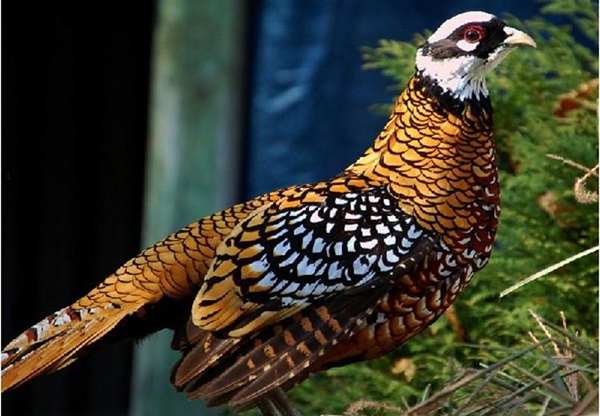
Close-up of the impressive plumage of a male emperor pheasant.
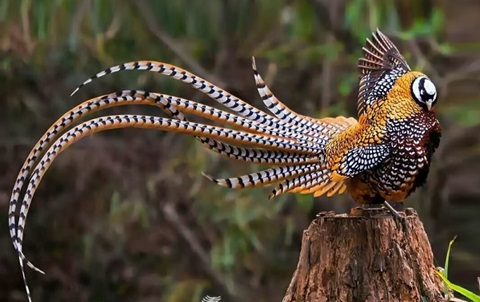
A male emperor pheasant is posing beautifully.
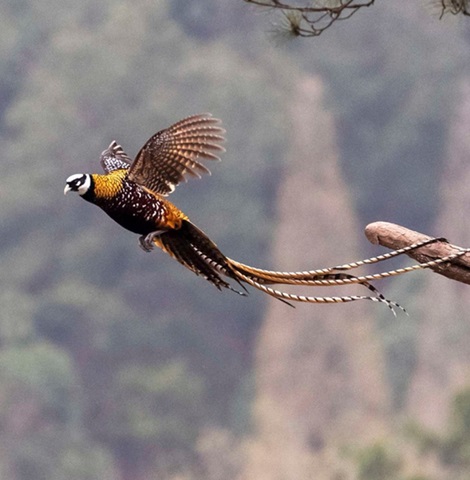
The image of the flying emperor pheasant is very impressive.

A male Yunnan pheasant is walking leisurely.
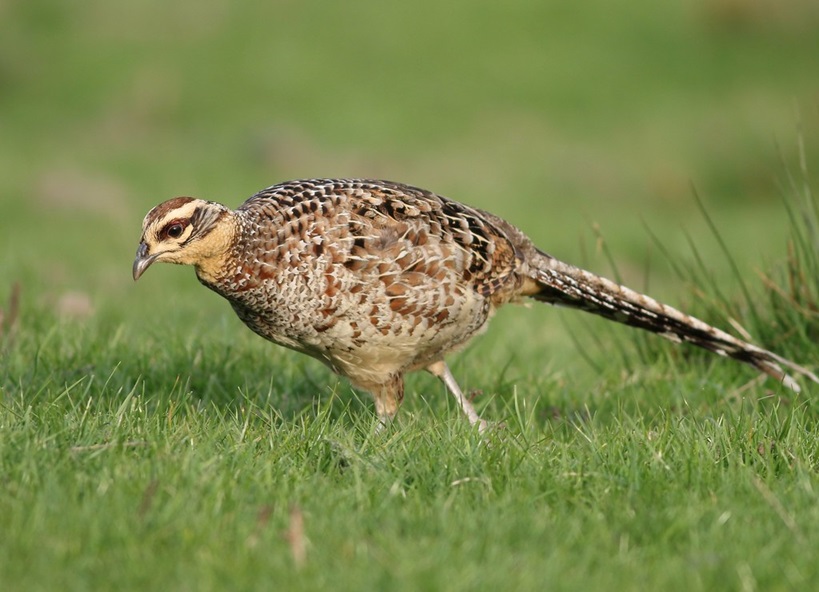
Female emperor pheasant with simple plumage and short tail.
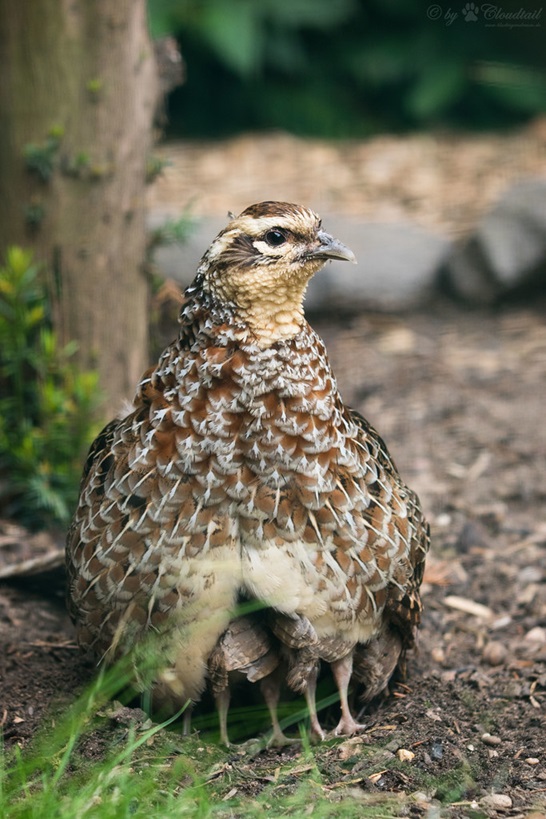
Image of a female Emperor pheasant protecting her chicks.
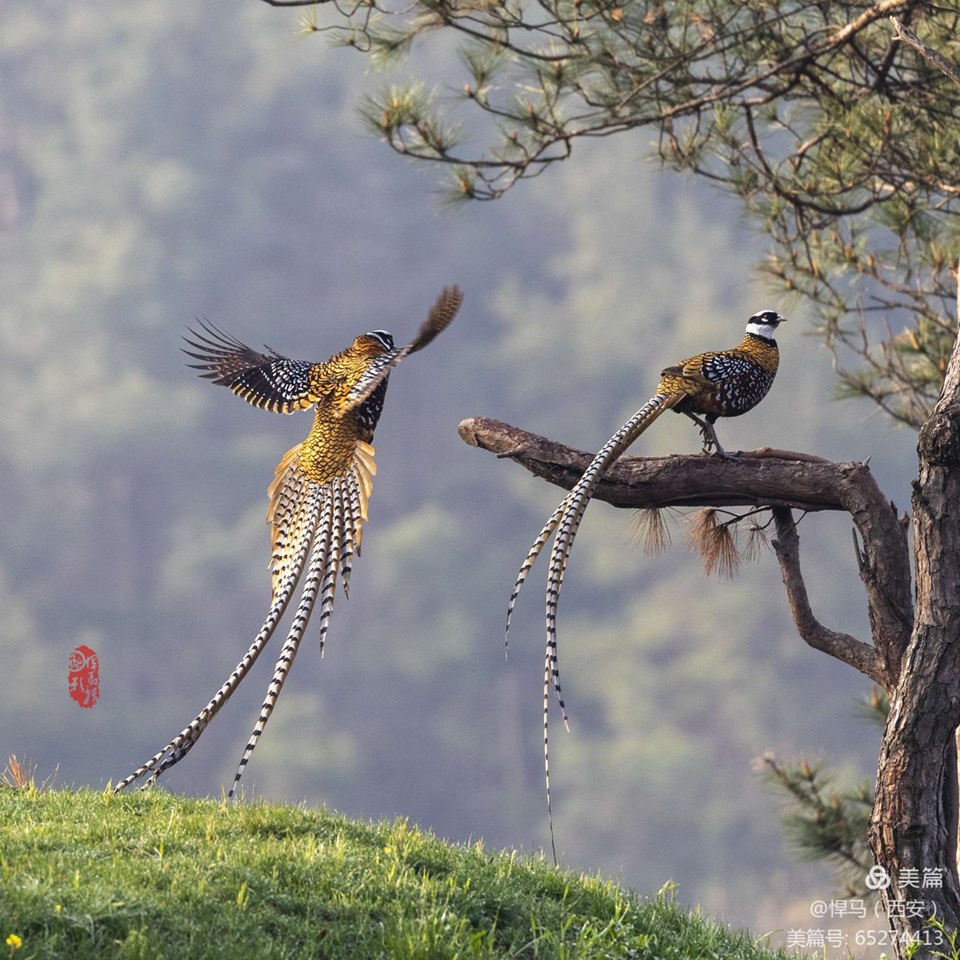
Emperor pheasants with super long and beautiful tails.
Through the article that nicebirds.net shared above, it can be seen that the Emperor pheasant not only makes a strong impression because of its luxurious beauty but also brings high economic value and has many meanings in feng shui and life. However, raising and preserving this pheasant species requires serious investment as well as extensive experience, which is not suitable for mass raising like many other ornamental birds.
Don't forget to visit our Blog section to learn more about many other beautiful, unique, strange and rare bird species!
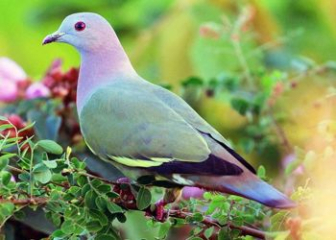
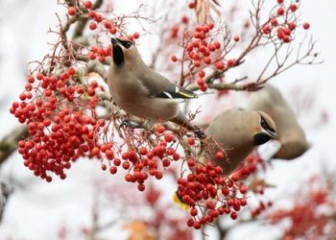
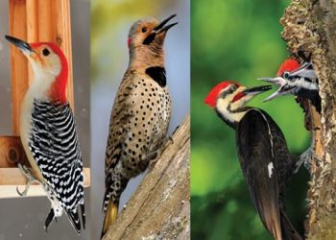

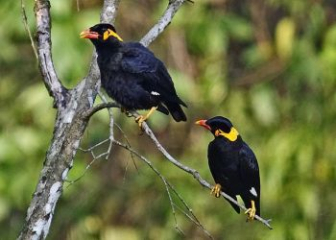
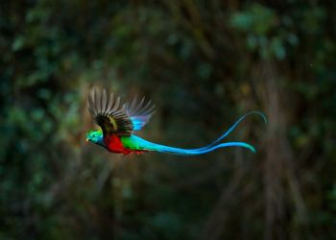

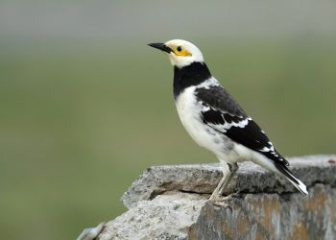
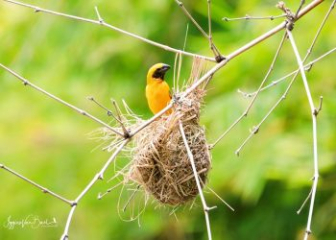
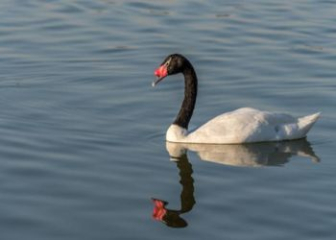
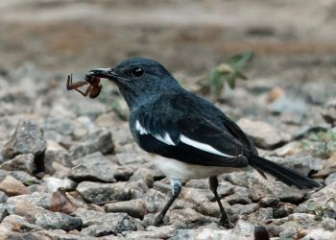
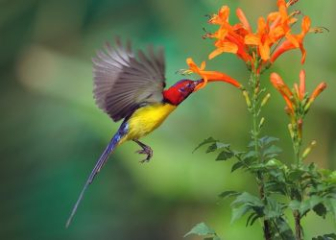
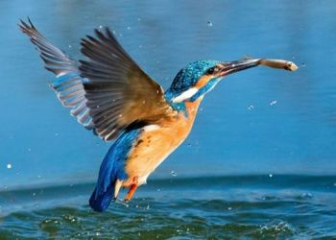
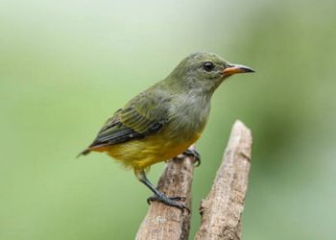
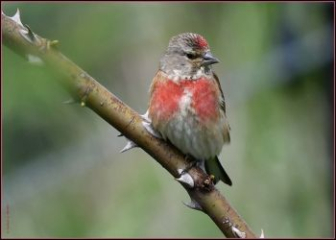
_350x250.jpg)
